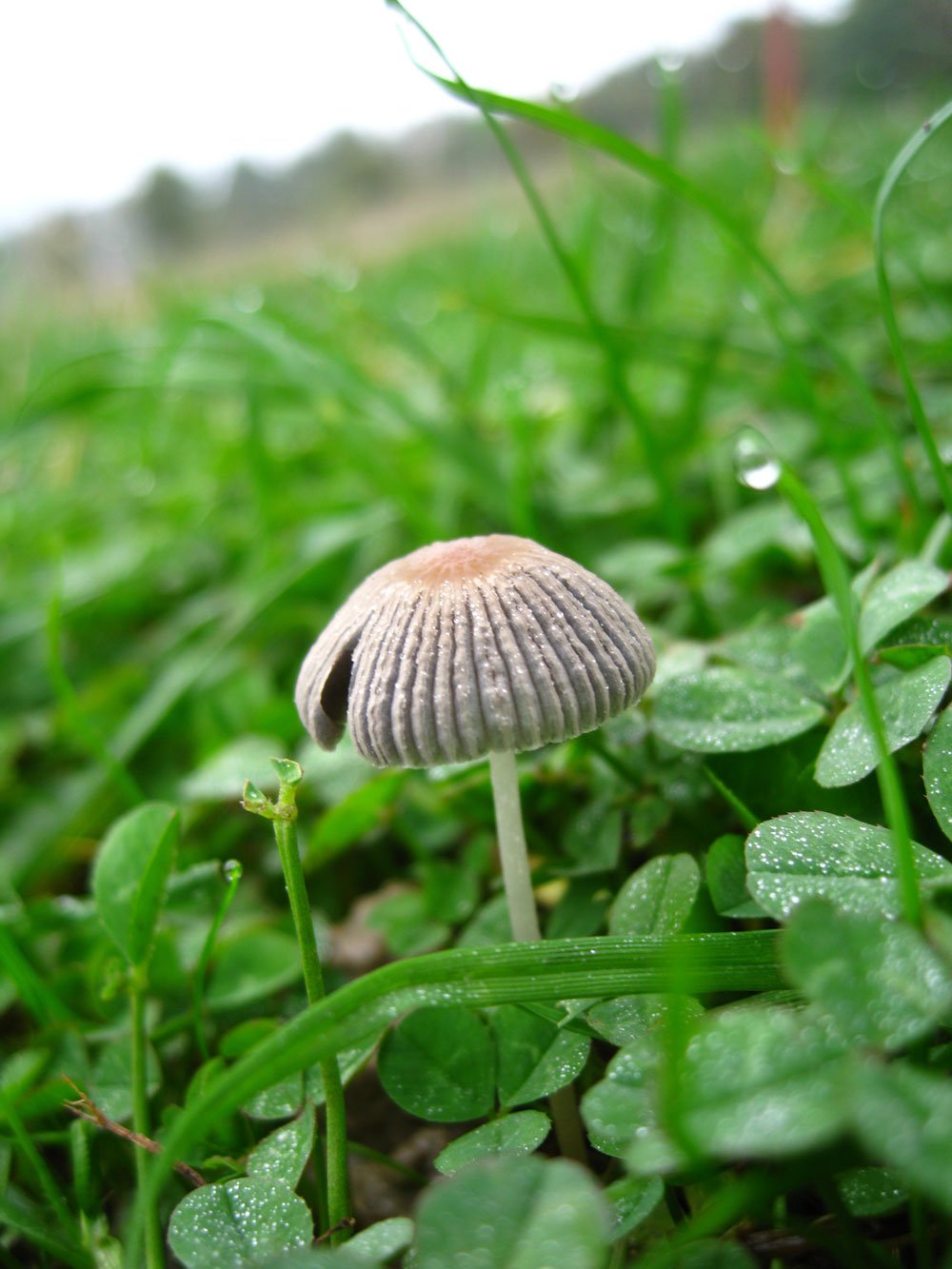WILDLIFE TO WATCH: NOVEMBER
BEAUTIFUL AUTUMNAL FOLIAGE OF A HORNBEAM.
With winter just around the corner, November may seem a quieter time for wildlife than the busy spring and summer, but for the nature lover, there are many species best seen this month. Trees and shrubs are filled with fruits and berries, providing food for migrating birds and a last feast for those about to hibernate. And while most plants have stopped flowering, there is plenty of colour in the falling autumnal foliage. Fungi are also taking advantage of the cool, wet weather with mushrooms and toadstools springing up seemingly overnight!
Many birds are on the move at this time of year as they migrate South for the winter. In the mornings you’ll often see flocks either stopping to refuel around Mudchute, or flying South over the farm. Some of the migrating species include many finch species (particularly chaffinches and siskins), redpolls, redwings, fieldfares and goldcrests (Britain’s smallest bird!), most of which are travelling from their breeding territories in Scandinavia to the Mediterranean and Africa. The ubiquitous wood pigeons are also even more abundant now, forming large flocks as our local resident pigeons are joined by migrants. It’s a wonderful time for birdwatching, however you’ll notice there are far fewer birds singing at this time of year. The one you are more likely to hear is the robin, one of few species that continues to defend territories throughout the winter.
The squirrels are also very active and bold at this time of year, busily collecting the fruits and seeds which are now abundant. You will often see them burying some of their bounty. It’s also time for many animals, including hedgehogs and toads to look for a suitable place to hibernate over the winter (a hibernaculum). They tend to seek out cover, so if you are planning a bonfire, be sure to check it very carefully before lighting. It’s best to construct your pile and burn it immediately, but if you do need to wait, make sure you check that it hasn’t become a home for wildlife before setting it alight!


